#william h johnson
Text

William H. Johnson Three Friends, 1939
223 notes
·
View notes
Text

William H. Johnson Booker T. Washington, Legend. 1945. Oil on plywood: 82×64 cm (32×25 in).
#oil painting#black excellence#art#booker t washington#black tumblr#william h johnson#1940s#history#academia#education#art history#activism#black history#learning#community#student#inspiration#literature#music#culture#📚
116 notes
·
View notes
Text

William H. Johnson (American, 1901-1970) - Sowing (ca. 1940)
86 notes
·
View notes
Text

"Knitting Party" by William H. Johnson, c.1941-1942. Tempera and pen and ink on paper. The painting depicts Red Cross nurses knitting for the war effort.
99 notes
·
View notes
Text

William H. Johnson
Street Musicians
1939-1940
#william h johnson#american artist#american painter#modern art#art history#african american art#black painters#black artist#harlem renaissance#aesthetic#aesthetictumblr#tumblraesthetic#tumblrpic#american art#tumblrpictures#tumblr art#tumblrstyle#artists on tumblr
27 notes
·
View notes
Text
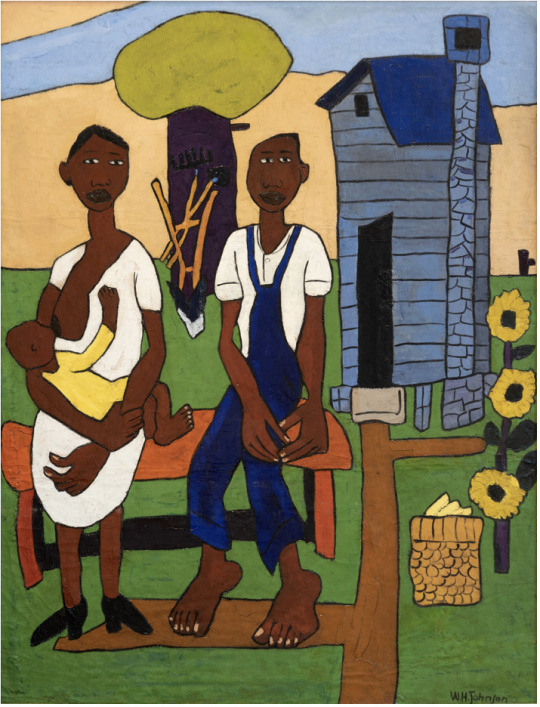
Evening
1940-41
William H. Johnson
3 notes
·
View notes
Text
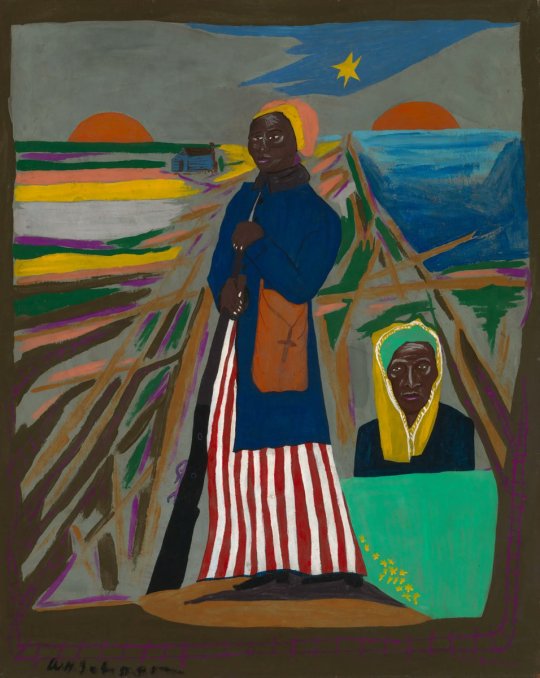
Harriet Tubman, circa 1945
William H. Johnson
11 notes
·
View notes
Text
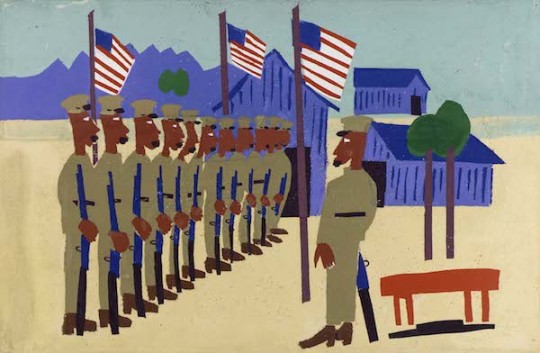

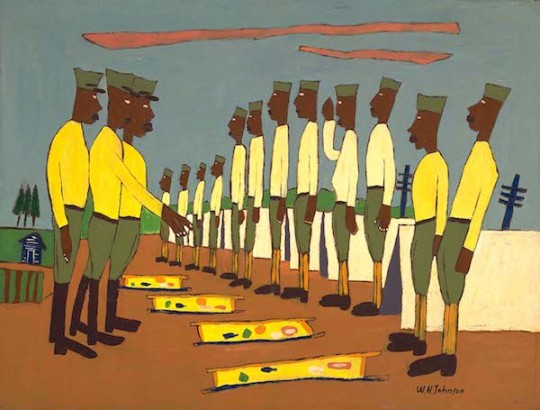
Daily Painting(s)
William H. Johnson
TRAINING FOR WAR (1942)
William H. Johnson
OFF TO WAR (1942)
William H. Johnson
ARMY TRAINING (1942)
5 notes
·
View notes
Text

William Johnson was a Black American painter born in South Carolina to a poor family.
He attended an all black school, and here the apocryphal, he may have been first introduced to making art by a teacher.
He practiced by copying cartoons out of papers.
He would move to New York, at 17, taking on a variety of odd jobs in order to pay for his education at the National Academy of Design where he worked with and studied under prestigious artists, particularly Charles Webster Hawthorne, even studying with him at the Cape Cod School of Art in Massachusetts.
So taken with William was Hawthorne, that when William failed to receive a travel scholarship, Hawthorne raised near $1000 in order for him to study outside the country.
He would go to France, and become exposed to Modernism. His work began to become more expressive, more colorful.
He would have his first solo exhibition in Paris at the Students and Artists Club in 1927.
He moved from Paris to Cagnes-sur-Mer and explored different mediums, Woodcuts, watercolors and serigraphy to name a few, using whatever he could get his hands on.
While abroad he would meet a Danish textile artist Holcha Krake. The two would fall in love and marry in 1930.
He would go between Europe and the US doing a couple exhibitions stateside, visiting his family, and making many, many new works of art before returning to Europe to rejoin Holcha to sign their prenuptial agreement and then marry. They would spend the majority of the 30's in Scandinavia, not returning to the US until 1938.
While there he developed a keen interest in folk art, and like his exposure to modernism, this too would inspire him and take his work to new heights.
But, as you may have guessed given the dates, the rising tensions and bigotry in Europe as the next World War hung on the horizon made staying there unfeasible.
His work by now had become colorful, bright, and powerful. he used strong shapes and a folk-like primative style to depict the lives of Black Americans in all their joyousness and melancholy. A celebration of the culture he belonged to.
It was 1940 and his style was solidifying, he had hit his stride in his art career.
But in his personal life, he struggled.
Despite the attention his work received. He was still not financially stable. Word had come from Europe that his brother in law had died after being interrogated by Nazi officers. His living in-laws had to endure the German occupation of Denmark.
In 1942 William and Holcha would move to a larger apartment in Greenwich Village, only to have the building catch fire a week later. Destroying art, supplies, and personal possessions.
Just two years later, in 1944, Holcha would die from breast cancer sending him into deep grief.
In 1946, he left the US for Denmark to be with his late wife's family, but his behavior had become increasingly strange and unpredictable.
William had syphilis, and this compounded by his own mental health struggles and his intense depression over his wife's death resulted in being institutionalized in Oslo the spring of 1947.
And then, sent back to the US by the US embassy.
With an attorney appointed as his legal guardian, his personal belongings were put into storage and he was put into Central Islip State Hospital on Long Island early December 1947.
He would spend the rest of his life here and did not paint. Dying in April of 1970.
We almost lost his work. In 1956 his caretaker declared him unable to pay for the storage of his belongings, including his art work. It would have been destroyed.
Thankfully, it was arranged that his belongings be delivered to the Harmon Foundation. Later the Harmon Foundation would give over 1000 works to the Smithsonian American Art Museum.
It is a great tragedy that, like so many artists, William Johnson never knew financial security in his life. It is also a great tragedy, that like so many artists, he was almost lost to time with his work and tragic life story gone with him. We are all lucky though, that his works have survived and today he finally gets to recognition he deserved.
In 2020, in Florence, South Carolina where he was born, a statue was unveiled in remembrance of William, located on West Evans St and Breezeway.
If you'd like to see more of Johnson's work and learn more about his life:
Smithsonian American Art Museum - William H. Johnson
Smithsonian - William H Johnson World on Paper Album
William Henry Johnson Grant
Museum of Modern Art - William H Johnson
National Gallery of Art - William H. Johnson
Smithsonian Magazine - William H. Johnson’s Art Was for His People
6 notes
·
View notes
Text
FAMILY 🥹🥺🥹🥺🥹🥺🥹😭🥹

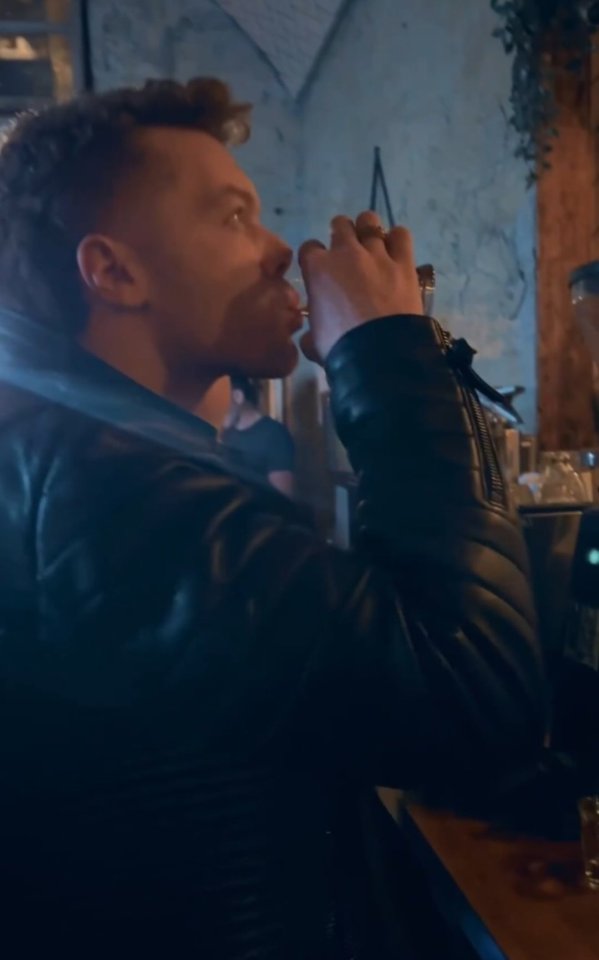

🥹🥹🥹🥹🥹🥹🥹🥹🥹🥹🥹🥹🥹🥹🥹🥹🥹🥹
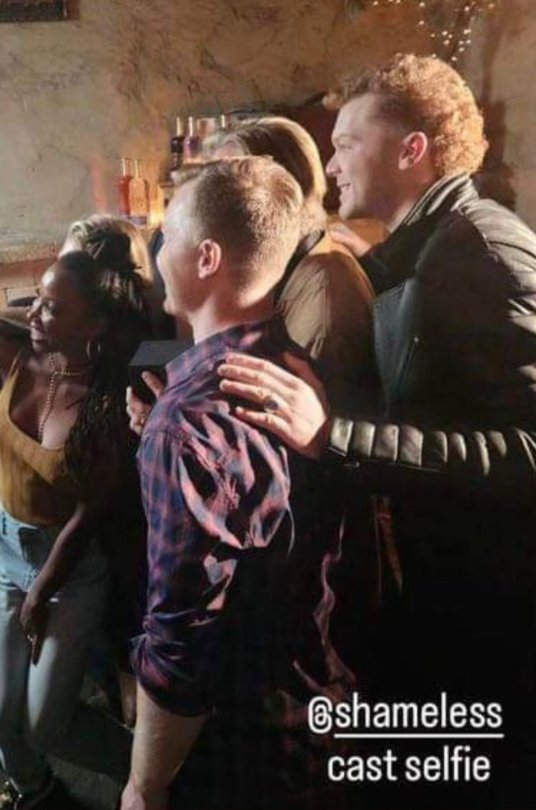
#noel fisher#cameron monaghan#shanola hampton#emma rose kenney#william h macy#kate lang johnson#shameless
50 notes
·
View notes
Photo
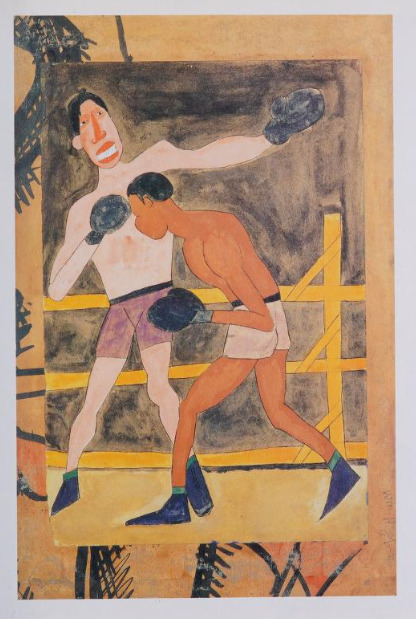
William H Johnson
Joe Louis and unidentified boxer, 1939-1941
252 notes
·
View notes
Text
Vermont Governor DILFs





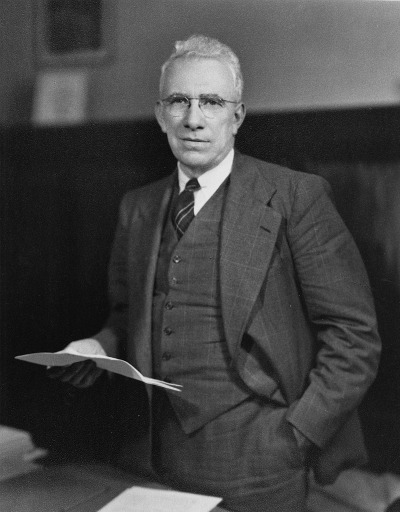
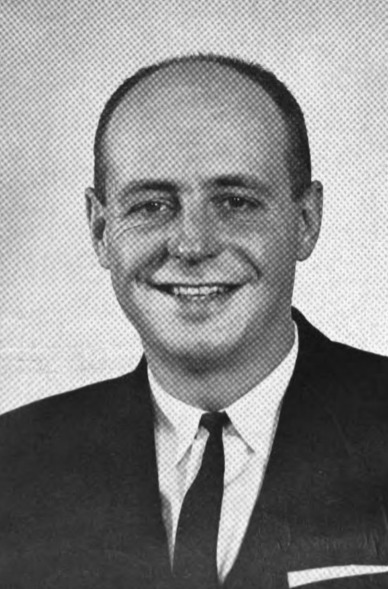

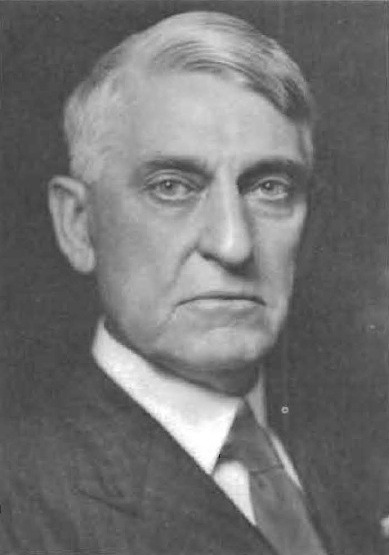
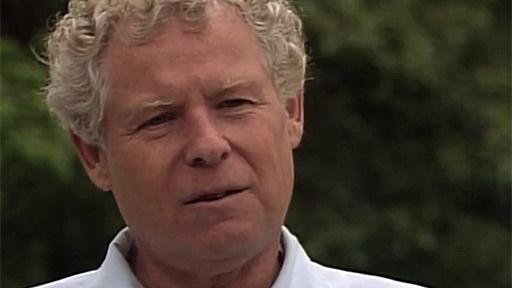



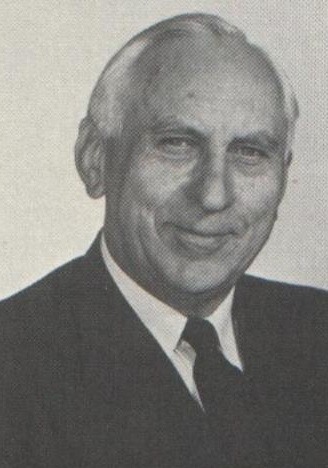
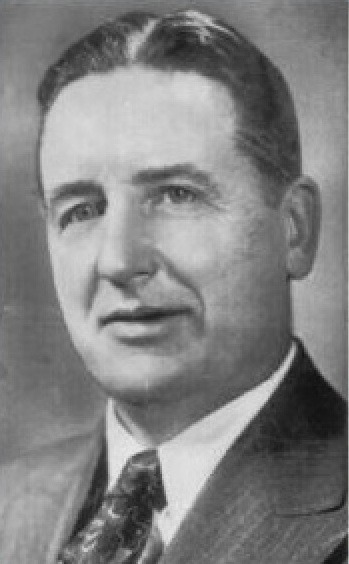







Peter Shumlin, Jim Douglas, Phil Scott, Howard Dean, Deane C. Davis, George Aiken, F. Ray Keyser Jr., Franklin S. Billings, Charles Manley Smith, Richard A. Snelling, Harold J. Arthur, Horace F. Graham, John A. Mead, Joseph B. Johnson, Lee E. Emerson, Thomas P. Salmon, William Henry Wills, Mortimer R. Proctor, Ernest W. Gibson Jr., Robert Stafford, Philip H. Hoff, Allen M. Fletcher
#Peter Shumlin#Jim Douglas#Phil Scott#Howard Dean#Deane C. Davis#George Aiken#F. Ray Keyser Jr.#Franklin S. Billings#Charles Manley Smith#Richard A. Snelling#Harold J. Arthur#Horace F. Graham#John A. Mead#Joseph B. Johnson#Lee E. Emerson#Thomas P. Salmon#William Henry Wills#Mortimer R. Proctor#Ernest W. Gibson Jr.#Robert Stafford#Philip H. Hoff#Allen M. Fletcher#GovernorDILFs
23 notes
·
View notes
Text

William H. Johnson (American, 1901-1970) - Blind Singer (ca. 1939-1940)
54 notes
·
View notes
Text
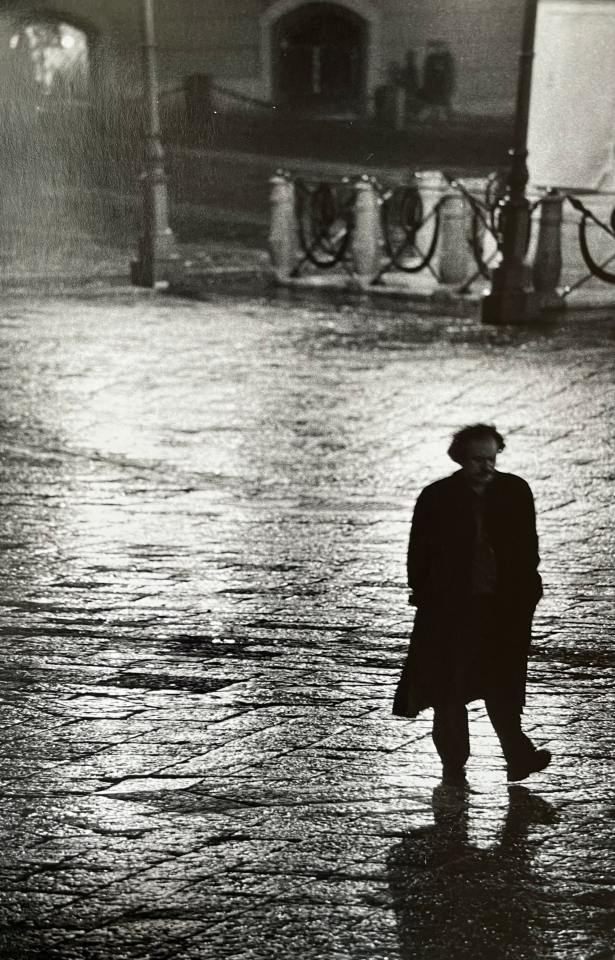
Jannis Kounellis walking in the streets of Napoli, 1996 [Walker Art Center, Minneapolis, MN. Image Courtesy The Estate of Jannis Kounellis. Photo: Michelle Coudray]
Catalogue: Jannis Kounellis in Six Acts, Walker Art Center, Minneapolis, MN, 2022. Edited with text by Vincenzo de Bellis. Foreword by Mary Ceruti. Texts by Michelle Coudray, Claire Gilman, Kit Hammonds, William Hernández Luege, Jannis Kounellis, and Ara H. Merjian. Designed by Ben Schwartz [Design Director: Emmet Byrne]
→ #jannis kounellis in six acts
#art#photography#catalogue#catalog#jannis kounellis in six acts#jannis kounellis#vincenzo de bellis#mary ceruti#michelle coudray#claire gilman#kit hammonds#william hernández luege#ara h. merjian#emmet byrne#ben schwartz#pamela johnson#jake yuzna#enid zafran#walker art center#musumeci#2020s
36 notes
·
View notes
Text
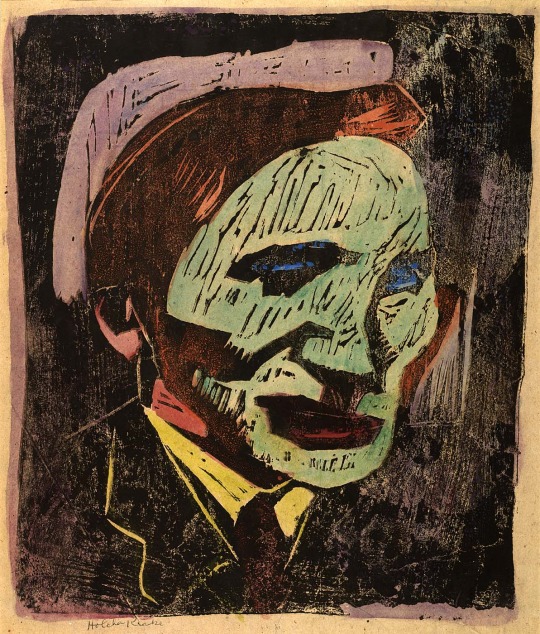
William H. Johnson
Holcha Krake
Hand colored woodcut on paper
ca. 1930s
#william h johnson#holcha krake#textile design#american artist#american painter#harlem renaissance#black artist#black painter#african american art#modern art#art history#aesthetictumblr#portrait#woodcut#family portrait#tumblraesthetic#american art#tumblrpic#tumblrpictures#tumblr art#tumblrstyle#artists on tumblr
20 notes
·
View notes
Text





Signatures of the witnesses to the publishing of Shakespeare's will.


Shakespeare Weekend
Our next stop on the tour of UWM Special Collections' Shakespeare Collection is The plays and poems of William Shakspeare, in ten volumes: collated verbatim with the most authentick copies, and revised; with the corrections and illustrations of various commentators; to which are added, an essay on the chronological order of his plays; an essay relative to Shakspeare and Jonson; a dissertation on the three parts of King Henry VI; an historical account of the English stage; and notes; - what a ten dollar title! The volumes were edited by Irish scholar Edmond Malone (1741-1812), published in 1790, and printed by Henry Baldwin for a laundry list of booksellers.
Malone is best known for his biographical Shakespeare research and chronologically collocating his plays in an essay entitled “An Attempt to Ascertain the Order in Which the Plays Attributed to Shakspeare Were Written” which is included in the Volume One Prolegomena of this collection. Additionally, Malone famously documented various spellings of Shakespeare and declared his preference in dropping the first “e” leaving us with Shakspeare.
Volume one also includes a frontispiece engraving by Charles Knight (1743-1827) based on the Chandos portrait of Shakespeare, a copy of Shakespeare’s mortgage and will that famously bequeaths his wife his “second best bed”, and a preface by Samuel Johnson (1709-1784) mirroring an engraving by Thomas Holloway (1748-1827) that depicts Johnson and his contemporary scholars.
View more Shakespeare Weekend posts.
-Jenna, Special Collections Graduate Intern
#shakespeare weekend#William Shakespeare#shakespeare#edmond malone#Henry Baldwin#H. Baldwin#charles knight#chandos portrait#samuel johnson#thomas holloway
16 notes
·
View notes